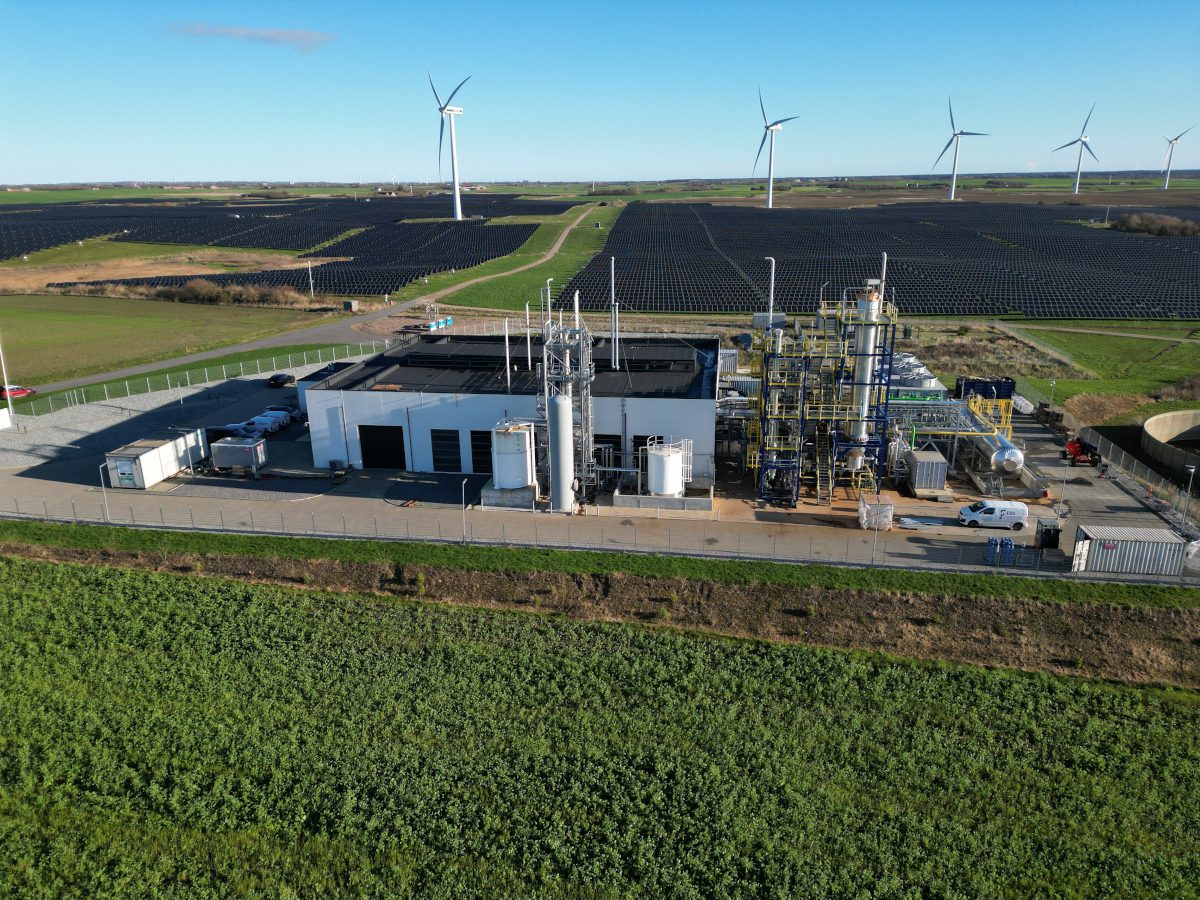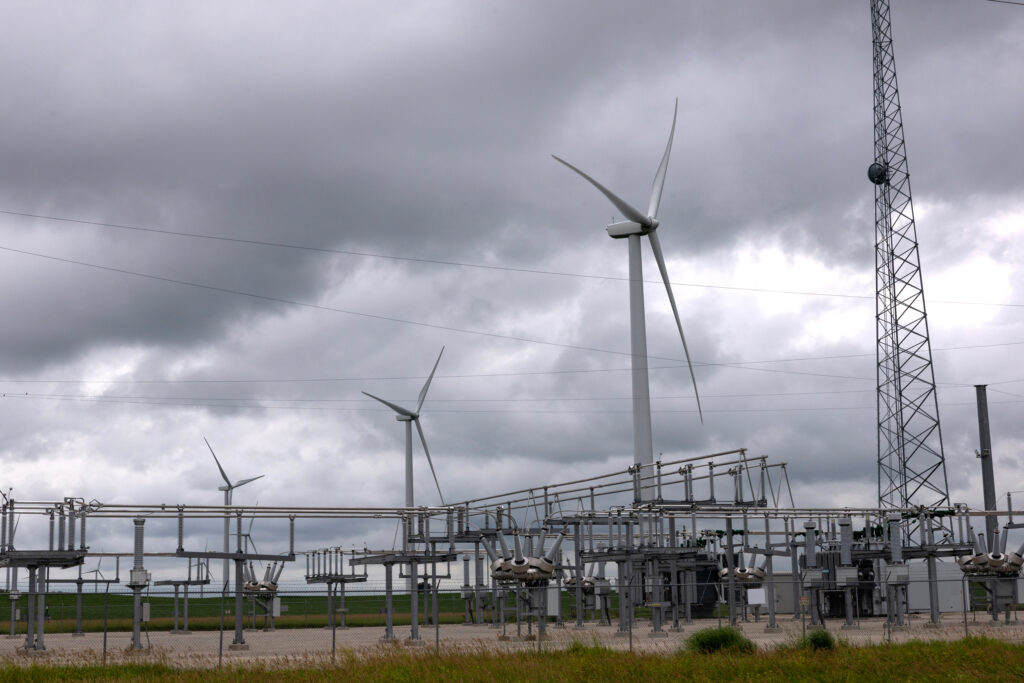The world’s saltmarshes are disappearing three times faster than forests, threatening global progress on climate change goals, according to a major new report co-led by the UK Centre for Ecology & Hydrology.
In a natural state, saltmarsh absorb and lock in carbon dioxide, act as natural flood defences and support biodiversity. But the report points out saltmarshes now only cover an estimated 53,000km2 globally – less than half their original extent – as these coastal wetlands have been drained, diked and reclaimed for farmland, ports or cities. This has resulted in less CO2 being removed from the atmosphere through saltmarsh vegetation via photosynthesis and more greenhouse gas emitted from the land surface due to degraded habitats.
The State of the World’s Saltmarshes, published by WWF, Sky, the UK Centre for Ecology & Hydrology (UKCEH) and Blue Marine Foundation points out habitat restoration could deliver important benefits for climate change and flood mitigation.
The report says between 2000 and 2019, the world saw a net saltmarsh loss of 1,435 km2 – an area twice the size of Singapore – which is estimated to have released the net equivalent of 326 million tonnes of carbon dioxide. Saltmarsh continues to disappear at a rate of 0.28% per year, which is faster than other blue carbon ecosystems, such as mangroves and peatlands, and three times faster than forests.
Hope for recovery
UKCEH coastal ecologist Dr Angus Garbutt, one of the editors of the report, said: “Saltmarshes are wonderful places that bring us with many benefits, including carbon sequestration, flood protection as well as recreation, providing places to see the wide range of migratory birds and other wildlife supported by these coastal habitats .
“Unfortunately they have long been neglected but there is hope. There has been successful saltmarsh recovery in parts of the United States, northwest Europe, China and Australia, and we hope this spurs others to take action. Fairly minimal investment in restoration projects could deliver significant cost-effective climate benefits.”
The report highlights that globally up to 20,000 km2 of saltmarsh could, with the right support, be restored, unlocking their vast potential as powerful carbon sinks and flood defences. This would result in the equivalent of 36 million tonnes less CO2 in the atmosphere each year through a combination of removal of greenhouse gas from the air and avoided emissions from land
The report involved 70 researchers across more than 30 countries, from disciplines including oceanography, ecology, climate science and economics It outlines recommendations for governments around the world including:
- Integrate saltmarshes in climate and nature strategies and targets.
- Invest in saltmarsh recovery. Public and private finance should support restoration as a cost-effective way of increasing climate resilience.
- Improve monitoring in parts of the world where there are data gaps, including tropical and polar regions. The report calls for a ‘Global Saltmarsh Watch’ to track saltmarsh loss, risks and restoration.
















